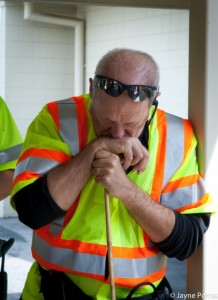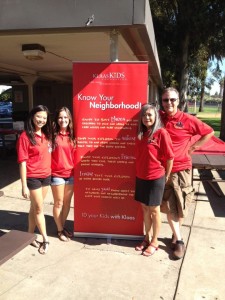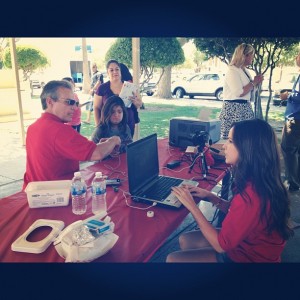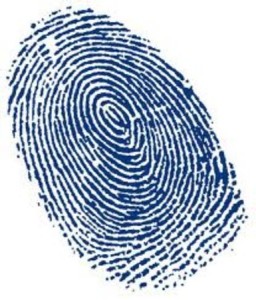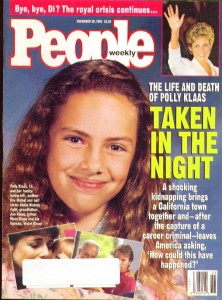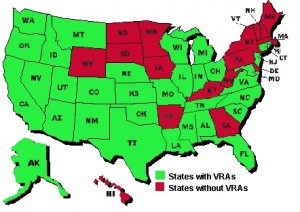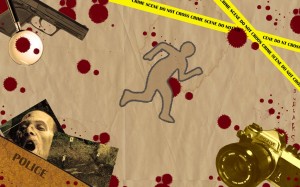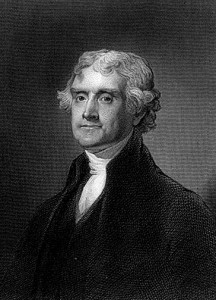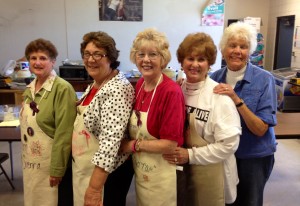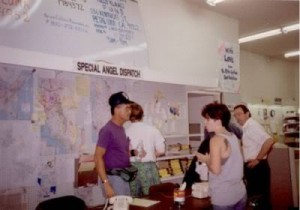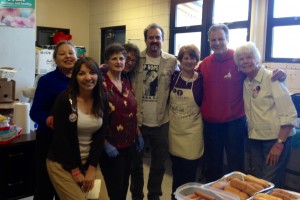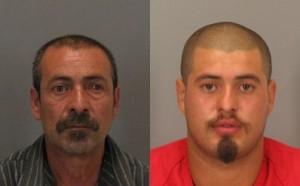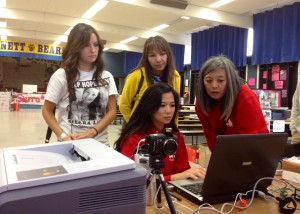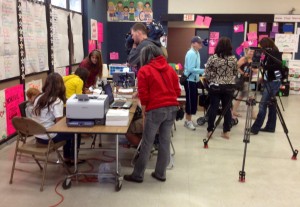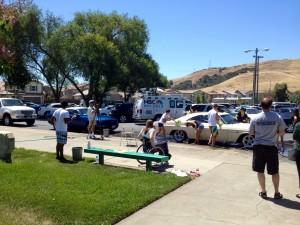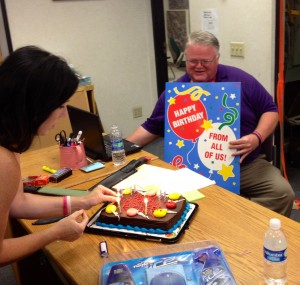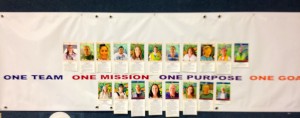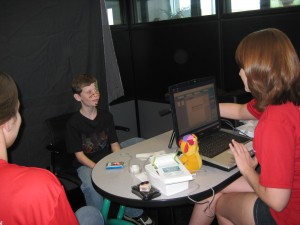We who are drawn to and volunteer at missing person search centers are focused on the singular goal of rescuing and/or recovering a missing person. Sometimes, as in the case of Linnea Lomax, the missing person is found very quickly, as we are just learning to recognize each other’s faces. We shake hands and return home knowing that we have helped a family find answers. Other times, searches can be drawn out for months or even years. People who might not have met for any other reason or purpose suddenly find themselves captives of the emotional vortex that is the search center. That is when things can become complicated.
When we were searching for Polly in 1993, hundreds of volunteers were drawn to our search center. Some visited once or maybe twice, but others returned time and time again. Over the two month period that we were looking for Polly, as we became friends instead of strangers, many of the volunteers let their guard down and began sharing personal details about their lives. For some reason many of those volunteers, mostly women, confessed secrets to me. Some of those secrets were so deep seeded that I suspect they had never before been shared. Most had to do with being molested or otherwise victimized when they were children. As difficult as the stories were to listen to, they had to be much harder to tell, because sometimes the ladies would cry or pause to collect their emotions. Many carried guilt, some were still angry, others had found peace through counseling or spirituality, a few had substance abuse issues, but all were driven to help a little girl and her desperate family. Without exception, they admitted that they were volunteering to find my daughter as a way to reconcile, or make amends, with their own past.
At the Sierra LaMar Search Center, which has been active for six months now, many of the people on the KlaasKids team are damaged souls. Violet and I lost Polly. My brother in law Kelby was also very close to Polly and has made search and rescue work a major component of his volunteer activity ever since. I met Danny Domingo at a search center in Vallejo that was established for his niece Xiana Fairchild in 1999. Her skull was found in the Santa Cruz Mountains in January, 2001. Midsi Sanchez survived her own harrowing ordeal at the hands of a predator in 2000. Michael Le and Krystine Dinh are currently attending the trial of the woman who killed their beloved sister and cousin Michelle Le. Debbie and Pat Boyd, who I first met at the Sierra Search Center, have never recovered the remains of their daughter Kristie Wilson, although an individual has been convicted of murdering her in October, 2005. I share this only because I truly believe that those who have suffered victimization sometimes resolve to assist others who are currently enduring victimization as a way to give meaning to their own struggles.
I am concerned that many of the things that brought us together to find Sierra and now undermining the effort to achieve this singular goal. I see people criticizing and nitpicking over trivial matters. Social media is being used as a weapon to undermine, not strengthen our search effort, by focusing on peripheral issues that detract from, and not enhance the common cause. Personality clashes that should be confronted or dealt with in person are instead being posted on Facebook. Alliances and cliques that have personal agendas clutter the path to Sierra like weeds, and make it difficult to stay on course.
We should refocus on the positive things that have been achieved these past six months. Friendships have been formed. Some of us have found new purpose in our lives. A cause that is bigger than any of us has united us in a common goal. We have made our community proud, and we are closer to finding Sierra than we have ever been before. The work that we are doing together in Morgan Hill can be transformational if only we allow ourselves to stay the course, but right now we are drifting.
Together we need to refocus and find Sierra. By doing so, we might finally find ourselves.











